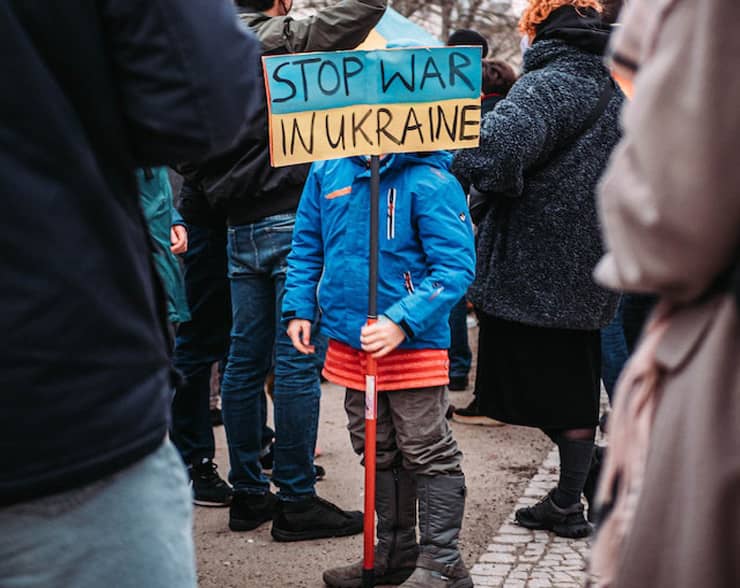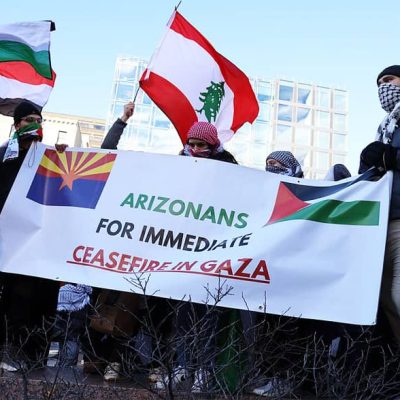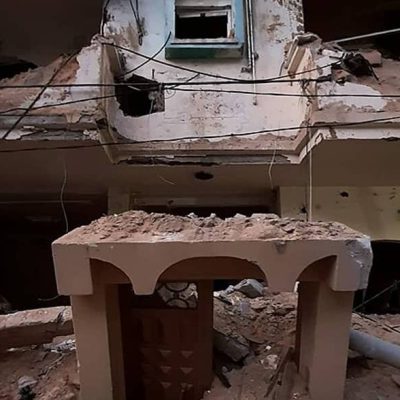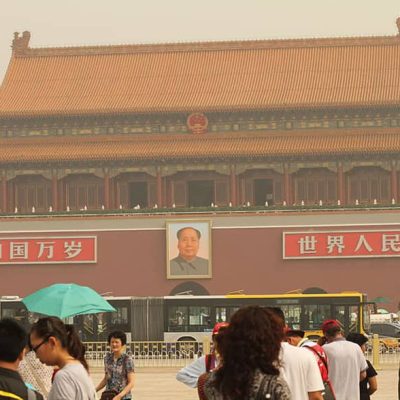 Apelaciones
Apelaciones
Medidas para crear Confianza en Asia-Pacífico: Revertir la Deslizamiento…
Imagen destacada: Foto de wu yi, Unsplash
Con los militares estadounidenses y chinos comprometidos cerca de Taiwan, un error de cálculo podría conducir a la violencia armada. El conflicto armado en Ucrania ha acentuado el debate sobre la posibilidad de un conflicto armado entre China y Taiwan.
Las tensiones entre los dos estados coreanos siguen siendo altas. El choque fronterizo entre las fuerzas indias y chinas en junio de 2020 ha puesto de relieve las tensiones residuales entre los dos países. Se podrían agregar a la lista otras tensiones en el área de Asia-Pacífico.
Menos obvias son las posibilidades de medidas de fomento de la confianza que reducirían estas tensiones y podrían abrir las puertas a la cooperación en las esferas de seguridad, económica y social. fomento de la confianza.
Image: Foto de Matti Karstedt: https://www.pexels.com/es-es/foto/una-nina-protestando-contra-la-guerra-en-ucrania-11284549/.
Negociaciones Preliminares entre Rusia y Ucrania: El papel Clave que Juega China.
Crear Confianza.
Existen medidas de fomento de la confianza que los gobiernos pueden emprender. Mientras que nosotros, fuera de las posiciones gubernamentales, podemos hacer sugerencias sobre los pasos que los gobiernos podrían tomar, no obstante, tenemos pocas posibilidades de obligarlos a tomar medidas. Por lo tanto, tenemos que considerar qué medidas de fomento de la confianza podemos emprender como académicos y activistas de organizaciones no gubernamentales.
Afortunadamente, tenemos una larga experiencia trabajando para reducir las tensiones entre EE. UU. y la Unión Soviética (OTAN y Pacto de Varsovia) que llevaron a los Acuerdos de Helsinki y finalmente al final de la Guerra Fría. Gran parte del análisis sigue siendo valioso, como Mary Kaldor (Ed) Europe from Below (Londres: Verso: 1991). Muchas de las organizaciones de paz que participaron todavía existen y podrían enfocarse en temas de Asia-Pacífico.
También se han realizado esfuerzos para fomentar la confianza en el conflicto entre Israel y Palestina y en el Medio Oriente en general. Los esfuerzos repetidos relacionados con las tensiones entre India y Pakistán a menudo se centraron en las tensiones en Cachemira.

Mary Kaldor, El mundo transformado 2018 en Liverpool. Por Kevin Walsh from Preston Brook, England, CC BY 2.0 <https://creativecommons.org/licenses/by/2.0>, via Wikimedia Commons.
El Valor de los Procesos de Diálogo.
Hoy en día, existe la necesidad de aprovechar estas experiencias para impartir habilidades de resolución de conflictos a nuevos individuos y grupos, construyendo y expandiendo así los electorados que trabajan para las medidas de reducción de conflictos. Los nuevos participantes pueden tener antecedentes en psicología, religión, leyes y comunicaciones con experiencia en movimientos sociales y programas de acción comunitaria.
También es necesario recurrir a categorías de personas que no estuvieron directamente involucradas en esfuerzos anteriores. A menudo, las mujeres fueron marginadas no solo en las negociaciones gubernamentales sino incluso en los esfuerzos no gubernamentales. Estos procesos de diálogo tienen un valor en la profundización de la comprensión de una situación.
Sin embargo, debe hacerse hincapié en la elaboración de propuestas de medidas de fomento de la confianza.
Acción concertada para reducir la tendencia a la violencia.
Las tensiones en el área de Asia-Pacífico están aumentando y se necesita una acción concertada para reducir la tendencia a la violencia. Como señalan Don Carlson y Craig Comstock en su libro, Citizen Summitry: Keeping the Peace when it matter too much to let to let to policytes (Los Ángeles: Jeremy P. Tacker, Inc. 1986):
“Nadie cometió mayor error que el que no hizo nada porque sólo podía hacer un poco”.

President, Association of World Citizens (AWC).
Estudied International relations in The University of Chicago.
Estudied Special Program in European Civilization en Princeton University
Aquí hay otras publicaciones que pueden ser de su interés.
Burma’s Crumbling Junta
February first marked the anniversary of the military coup which overthrew the government of Aung San Suu Kyi in 2021. She was in practice the leader of the government but…
Preventing the Expansion of the Gaza Conflict: Are Peace Brigades a Possibility?
Antony Blinken, the U.S. Secretary of State, has been again in the Middle East working to prevent the violence of the Gaza Strip of spreading to much of the area. …
World Citizens Call for an Inmediate End to Hostilities between Israel and Hamas, and for a Genuine Peacebuilding Effort in the Middle East.
Featured image: The impact of the Israeli bombing on a civilian building in Gaza (2021). By Osama Eid, CC BY-SA 3.0 https://creativecommons.org/licenses/by-sa/3.0, via Wikimedia Commons. The AWC, a Nongovernmental Organization…
World Humanitarian Day: A Need for Common Actions.
Featured Image: Photo by Wylly Suhendra on Unsplash. The United Nations General Assembly has designated 19 August as “World Humanitarian Day” to pay tribute to aid workers in humanitarian service…
Peace Planners: Awake!.
Featured Image: Photo by Eddie Kopp, Unsplash. The recent NATO Summit in Vilnius is an indication that the war planning community is busy at work in the spirit of Von…
Track Two Efforts Needed to Reduce China-India Frontier Tensions.
Featured Image: Arunachal Pradesh – India. Photo by Unexplored Northeast, Unsplash. There has been a constant buildup of military forces by the governments of both India and China along their common frontiers. …
Democratic Republic of Congo: Sky Getting Darker.
Photo by jorono, Pixabay. The armed conflict in the eastern area of the Democratic Republic of Congo (RDC) on the frontier with Rwanda seems to be growing worse and is…
World Refugee Day.
June 20 is the United Nations (UN)-designated World Refugee Day; marking the signing in 1951 of the Convention on Refugees. The condition of refugees and migrants has become a “hot”…
4 June: Memories of Tiananmen Square.
4 June makes the security forces in China somewhat uneasy, especially in Hong Kong where, in the past, there were large memorial meetings tp remind people of 4 June 1989…
International Day of the Oceans.
Featured Image: Photo by Marek Okon, Unsplash. Progress on Asian Maritime Delimitations Needed. 8 June has been designated by the United Nations General Assembly as the International Day of the Oceans to…










